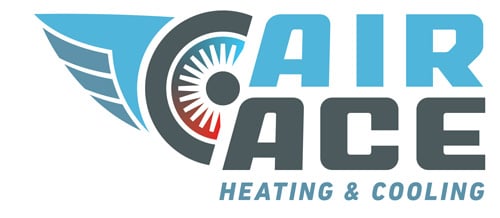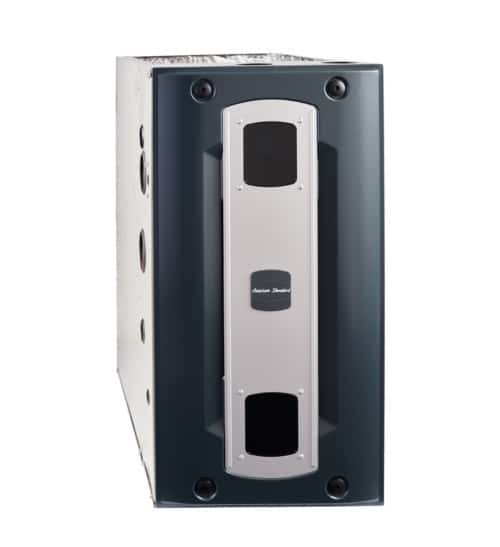Understanding Your Furnace Parts

Understanding Your Furnace Parts
When temperatures drop here in Central Illinois, your furnace may struggle to keep your home at a comfortable temperature. But, does that mean you need a new furnace? Or, does one of your furnace parts simply need a bit of maintenance? Understanding a little about the parts of your furnace can help you make the best decision about your home’s comfort system!
How Your Furnace Works
Most home comfort systems have two parts: an outdoor unit and an indoor unit. The furnace is the indoor unit. It plays an important part in your home’s comfort system all year long. Your furnace heats and circulates warm air through your home in the winter. During the summer, your furnace takes the cool air from the outdoor unit and works as a fan to circulate that cool air throughout your home. The indoor and outdoor units are designed to work together.
What is AFUE?
AFUE stands for Annual Fuel Utilization Efficiency. The AFUE measures a gas furnace’s efficiency in converting fuel to energy. A higher AFUE percentage indicates a more efficient furnace. So, a furnace that has an 80 percent AFUE rating can turn 80 percent of the energy it consumes into heat. The other 20 percent is used during the heating process. A higher AFUE rating means greater energy efficiency. The minimum standard AFUE for new furnaces is 78 percent. A mid-efficiency furnace usually has an AFUE rating between 80 and 85 percent. High-efficiency furnaces typically have a rating between 90 and 97 percent.
What Are the Basic Gas Furnace Parts?
Heat Exchanger
The core of your gas furnace is the heat exchanger. The heat exchanger does just what its name suggests–it generates heat through an exchange process. A heat exchanger consists of a set of coils or tubes that are looped inside the exchanger. A blower motor inside the gas furnace blows the heated air from the heat exchanger into the ductwork. From there, it’s circulated throughout the house.
The heat exchanger is one of the essential gas furnace parts in your home’s comfort system. A cracked heat exchanger can impact your home’s heating. And, that crack can also allow exhaust gas to escape from the furnace and contaminate the air inside your home with carbon monoxide. The American Gas Association recommends that if technicians discover a crack, they replace the heat exchanger.
Gas Burner
The gas burner heats up the air in the heat exchanger. When you turn on the gas furnace, a small flame known as the pilot flame burns at a low temperature in the gas burner. The flame heats up the air inside the heat exchanger, which is then distributed inside your home.
Gas manifold
The gas manifold is an important gas furnace part. The gas manifold connects the gas burner to the gas valve. The amount of gas transported to the gas burners depends on the size of the hole drilled in the gas manifold. The gas manifold typically is the “fuss-free” part of your gas furnace. But, we always check it when you schedule a furnace tune-up with us to ensure your gas manifold, like your other furnace parts, operates properly.
Ductwork
While ductwork isn’t an actual part of your furnace, it is part of your home’s comfort system. Without ductwork, all the heated air from your furnace wouldn’t be transported throughout the home. And, without properly sized ductwork, your home can end up with rooms that are too hot or too cold. So properly sized and fitted ductwork is an important part of your overall gas furnace system.
Flue or Vent Pipe
The flue or vent pipe carries the byproducts of combustion like water vapor and carbon dioxide out of your home.
Thermostat
Thermostats control the temperature in your home. You can use them to adjust the temperature according to your comfort level. Turn the thermostat up and the flame of the gas burner gets larger, increasing the temperature inside your home. When you turn the thermostat down, the flame at the gas burner shrinks. This lowers the temperature in your home.
Placement of the thermostat in your home is key to getting even heating. Ideally, your thermostat should be placed in the middle of your home away from windows.
There are many gas furnace parts. And your home’s comfort system relies on them working properly to produce effective and efficient heating for your home. With furnace maintenance from the expert techs at AirAce Heating & Cooling, we’ll make sure that each part of your furnace is checked individually and cooperatively. Our yearly Maintenance Plan is a great way to ensure your furnace and air conditioning systems are cleaned, inspected, and performing properly.

